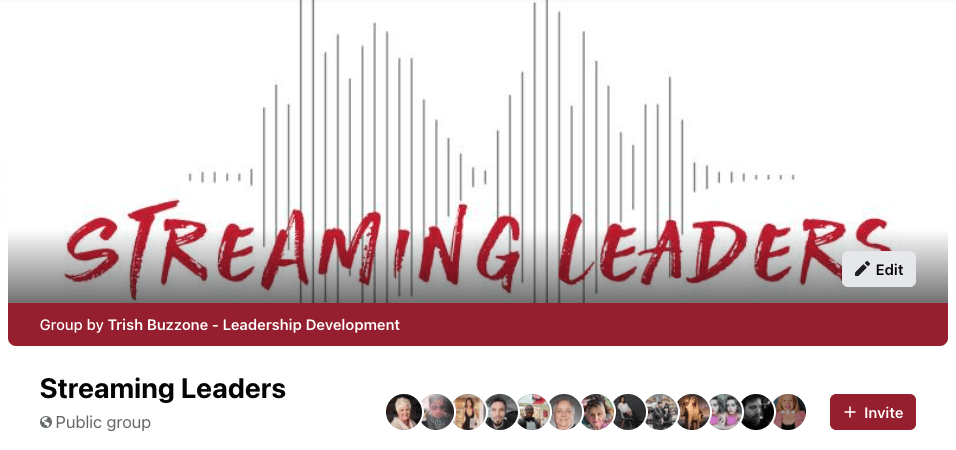In previous blogs, especially here, here and here, we’ve talked about what a leadership culture looks like on a team. An active leadership culture is not only an environment in which leadership is embraced and trusted, it is an environment in which the leaders are intentional about developing other leaders on their team.
A leadership culture is a culture other leaders are drawn to. They see leadership opportunities and expectations reflected in the hiring process, in employee development and in vision sharing. What does that look like? To answer that question, I’m going to review some points made by John Maxwell Companies CEO Mark Cole at a recent conference.
Mark offered several points describing what a leadership culture looks like. I’ve taken those descriptions and turned them into questions that will help every leader create an effective leadership culture on their team.
Do I project enthusiasm for the vision?
Our team will see, and often mirror, our level of enthusiasm. When we are negative and uninspired, we encourage negativity and fail to inspire. This isn’t as simple as flipping a switch, though, and our teams know when we’re faking. Instead of “trying” to be excited and inspiring, we see better results when we put ourselves in environments and connect ourselves with challenges that stir our passions.
That’s not to say we will feel positive and inspiring all the time. We all have “bad” days, times where we struggle, we feel overwhelmed or disconnected. In those times, it’s easy to let these feelings guide our choices. However, when we are willing to be authentic, and also responsible and empathetic, we create opportunities to connect with our team in new and deeper ways.
Is my focus totally forward?
When we get caught up worrying about yesterday’s mistakes or promoting yesterday’s successes, we are less able to invest in today or plan for tomorrow. As leaders, if we are hanging on to past accolades or “the way we used to” we hold ourselves and our people back, stunt the team’s growth potential, and miss out on today’s opportunities.
It’s a good idea to take time on a regular basis to consider what filters from our past may be clouding our current focus on today. Are there ideas or hurts, regrets or failures that are distracting our focus? If so, it’s well worth the time to take a moment, clear our mind and heart of these thoughts and shift our focus to what’s in front of us.
Are my team members free to fail?
Failure is not the enemy. It is one of life’s best learning tools. If you are not in danger of failing, you are also not in a position to succeed. Leadership cultures thrive best when everyone on the team is facing a challenge that stretches them, develops their skills and excites their heart. Because these pursuits, these challenges, matter, they have better potential to help us grow, as individuals and as a team.
A close-knit team will rise up when faced with the opportunity to succeed. They will work together to turn small, temporary failures into eventual success, each team member’s skill, talent and passion driving the vision forward. This will not happen in an environment in which people are taught to fear or feel shame in the face of failure.
Are our team members helping each other grow?
In an effective, contagious leadership culture, members of the team will challenge each other, encourage each other and strengthen each other. When all of us are connected with the vision, and when what we’re doing matters, we will strive to be our best and to encourage others to do the same. That expectation will encourage each member of the team to grow, personally and professionally.
Do any of these questions resonate with you? Which ones, and which questions would you add?
Curiosity and other ways to conquer fear
Every leader hopes their decisions and demeanor will inspire trust in those around them. Every leader also experiences fear. We fear different things and manage that fear in different ways. These fears hinder us from making the shift to being a more authentic and...
How influential leaders earn trust
Ask most people how to earn trust and expect to hear something along the lines of “keep your word…” or “live up to expectations…” While these are important aspects of building trust in any relationship, these are not the only ways to earn and maintain trust. Consider,...
This key shift will help you become a more influential leader
Sometimes, leadership feels harder than it should be. Certain things need doing, your team is clear on the objective, and those action items still aren’t getting done. Even when they are, you can feel the lack of enthusiasm for the work. Sometimes it manifests as...
What game are you playing?
Have you ever considered how the language you use affects your ability to be an influential leader? When you listen to how some leaders speak, it sounds like their team is competing for a Super Bowl ring. “Crush the competition…” “Let’s be #1…” “Tackle that...
These key insights into Millennials can energize your organization
Hey leaders, did you know your real job is not ‘being in charge’? Your chief responsibility is taking care of those who look to you to lead them. That was the message delivered by author and international leadership development consultant Simon Sinek during a recent...
Autocrat or Influencer? Take the Quiz!
Most leaders don’t like to think of themselves as autocrats. Domineering people who lead by denigrating others and expect total obedience. However, in many cases, if you speak to employees or even other leaders in an organization, they have little trouble pointing out...









0 Comments